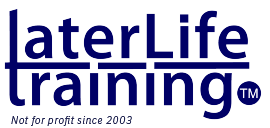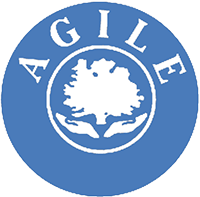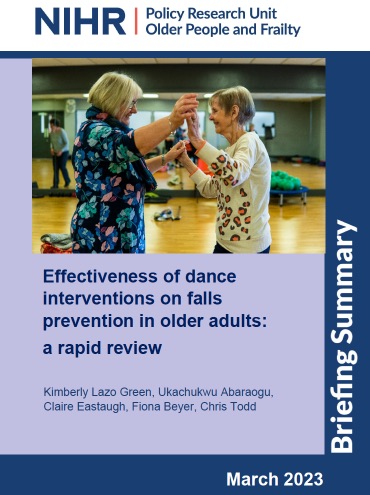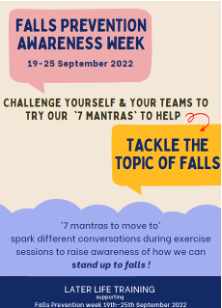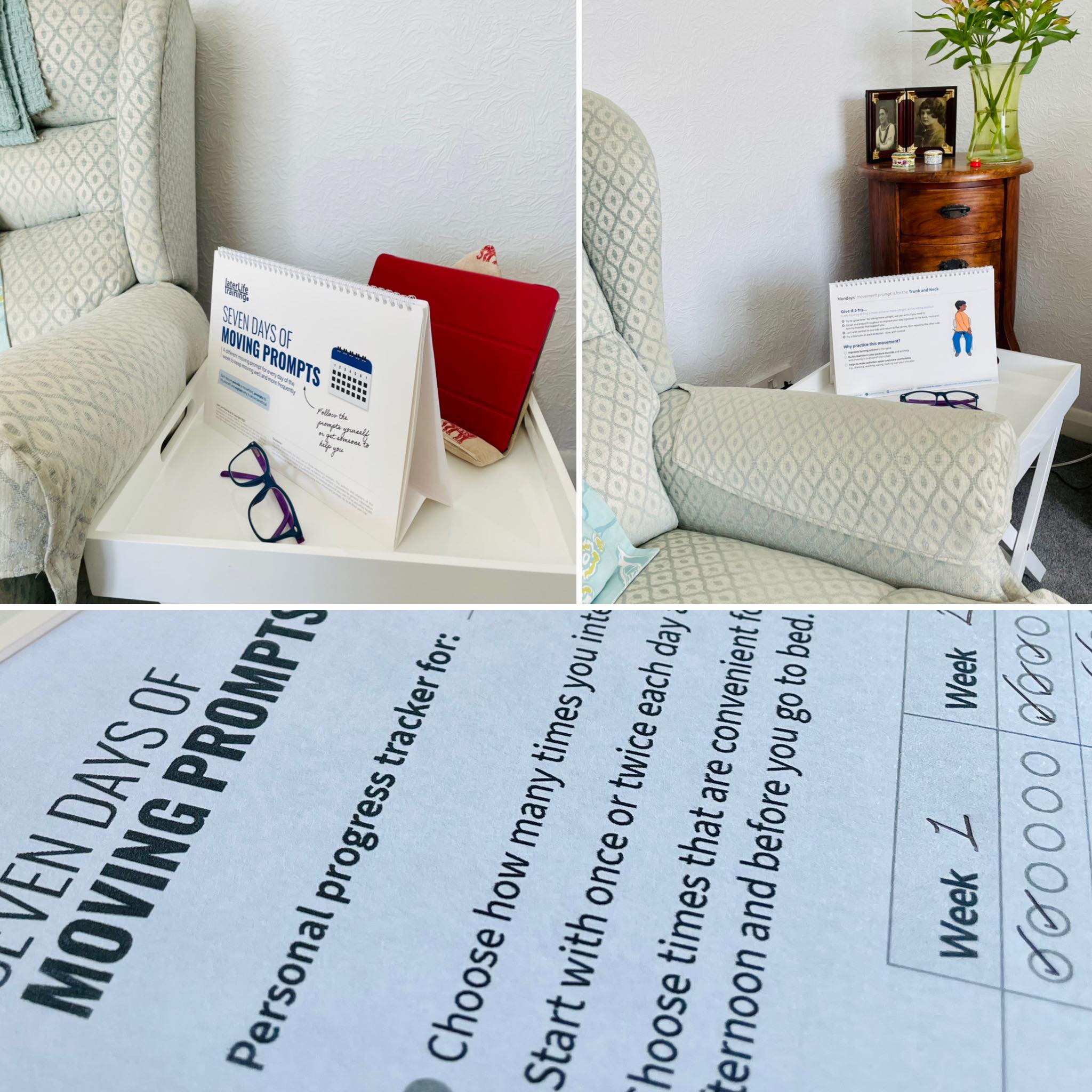 By the International Coalition for Aging and Physical Activity in collaboration with the Aging and Life Course, World Health Organization
By the International Coalition for Aging and Physical Activity in collaboration with the Aging and Life Course, World Health Organization
EXECUTIVE SUMMARY
Nancy A. Ecclestone, Canada
C. Jessie Jones, United States
The recognized value of physical activity in preserving functional capacity and reducing physical frailty in later years, combined with the support of the medical community, has resulted in numerous senior fitness and physical activity classes springing up in various facilities (e.g., senior centers, hospitals, recreation departments, health and fitness clubs, churches, YMCAs, community centers, retirement communities, long-term care facilities) throughout the world. Because of the lack of licensure or endorsement of training guidelines for preparing physical activity instructors of older adults, facility directors can hire whom they want, regardless of the instructors’ educational backgrounds. People receiving little or no specialized training can advertise themselves as senior fitness instructors.
Most older adults lack the knowledge and experience to determine whether the physical activity program in which they are participating is safe and effective. Experts in the field have argued that because of the range of medical conditions and functional abilities of the 65-and-older population, physical activity instructors of older adults require more knowledge, skills, and experience than instructors of younger adults. Unfortunately, because of the lack of endorsed curriculum training guidelines to prepare physical activity instructors of older adults, some training programs have not required instructors to attain essential knowledge and skills for instructing older adults in a safe and effective way.
HISTORICAL BACKGROUND
Historically, the development of the International Curriculum Guidelines for Preparing Physical Activity Instructors of Older Adults began at the 1996 World International Congress on Physical Activity, Aging and Sport held in Heidelberg, Germany. Delegates from several countries met and developed a draft document; however, the guidelines were never published. Subsequently, Canada developed national guidelines in 2003 (appendix A) under the leadership of the Canadian Centre for Activity and Aging and with the support of Health Canada. In the United States, representatives from six national organizations developed and published national standards in 1998 (appendix B). In 2003, the two separate documents from the United States (national standards) and Canada (national guidelines) were condensed into one document and titled the International Curriculum Guidelines for Preparing Physical Activity Instructors of Older Adults. Then, a coalition of members from 13 countries and a committee from the United States (appendix C) agreed to review and make recommendations for this document. These international guidelines were then presented at the 6th World Congress on Aging and Physical Activity held in London, Ontario, Canada (August 3 to 7, 2004) by the co-chairs of this initiative, Nancy Ecclestone (Canada) and C. Jessie Jones (United States).
The International Curriculum Guidelines for Preparing Physical Activity Instructors of Older Adults is a consensus document that outlines each of the major content areas that experts recommend should be included in any entry-level training program with the goal of preparing physical activity instructors to work with older adults. The principles and perspectives of the World Health Organization (WHO) Active Ageing Policy Framework are reflected in this document. Organizations and coalitions currently endorsing the guidelines are listed in appendix D.
These guidelines can be applied to older adults across the continuum from healthy, independent older adults in community settings to functionally dependent older adults in long-term care. Advanced training would be necessary for instructors interested in working with older adults with severe disabilities or cognitive impairment in rehabilitation settings or managing and directing facilities, especially ones providing insurance reimbursement and those that serve a more frail older adult population.
Because of the complexity of the fitness industry and the differences in state and national requirements throughout the world, we believe that it is the responsibility of individual associations and organizations to develop the details of each major content area within each curriculum module, to develop appropriate areas of emphasis, and to develop performance standards that indicate the level of achievement expected of their students. Because of the varied functional ability levels of older adults, it is important to be aware of the target population (community-dwelling, able older adults versus homebound or institutionalized frail older adults) and to develop the content to meet the specific needs of that population. To read more, download the full guideline.
